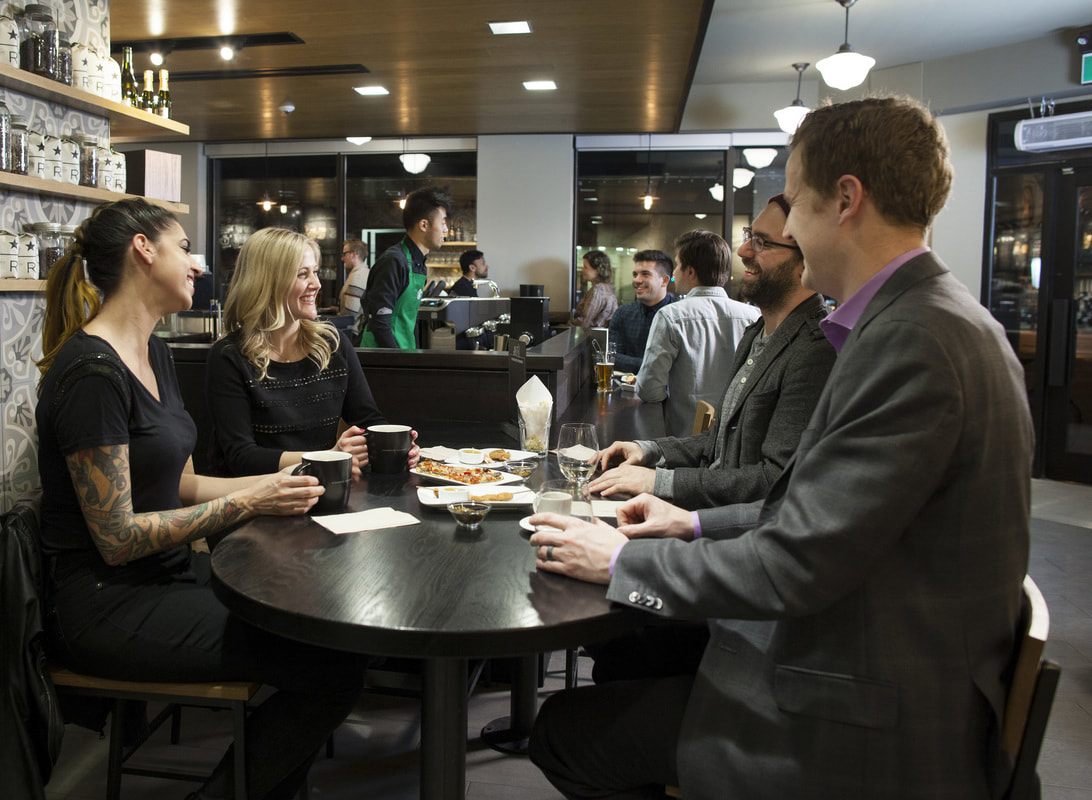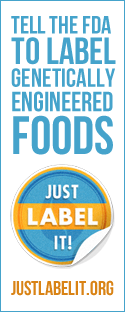|
Fast Food Operators Selling Alcohol: Would you like a Beer with that!? By Dwayne Reno The pairing of alcohol and food is nothing new for full service restaurants (FSR), many even offer extensive wine menus and food pairings via in-house wine sommeliers. However, what is new to the industry is the growing trend of fast food operators or quick service restaurants (QSR) adding alcohol to their menus in these highly competitive times. While uncommon in Canada, the bandwagon has been picking up steam in some parts of the U.S. for some years now, and doesn’t seem to be slowing down anything soon.
This month I would like to look at the growing trend of fast food operators selling alcohol: the good the bad and the profits. Why All the Fuss? The Profits! Alcohol sales are so important to overall restaurant sales that when the federal Justice Minister Jody Wilson-Raybould suggested, a few months ago she wanted to lower the limit to 50 milligrams of alcohol per 100 millilitres of blood from the current 80 milligrams she was met with fierce opposition from Quebec's restaurant lobby. A rep for Quebec's restaurant lobby stated “the classic romantic date is in danger of disappearing if the federal government reduces the legal alcohol limit for licensed drivers.” The rep also stated that if Ottawa passes such a law, it would be a disaster for the restaurant industry, HERE. The opposition is because beverages generally bring in much higher profits than food. For example, your favorite buffet restaurant can stay open because they rely on the sale of drinks not food. A buffet charges a set price for all you can eat with the hope that customers will buy specialty drinks, shakes, smoothies, slushies, frappes, and so on. Fast food operators are currently fighting tooth and nail with fast-casual restaurants such as Panera Bread and Chipotle. Selling alcoholic beverages can help to differentiate fast food chains from their fast-casual competitors, who generally offer more menu choice and customization. Lastly, alcoholic beverages can encourage customers to stay longer and buy more food. The Good: More Choice and Innovation In a recent push by Starbucks to attract more customers during the later dayparts the popular coffee chain started offering alcohol and a tapas-style menu at a few of their Ontario locations, HERE. The “Evenings” program was extended in June 2017, to also include locations in Vancouver British Columbia, Canada. The “Evenings” program allows customers to choose from six types of wine, two brands of beer and a cider, in addition to tapas-style snacks. In April of this year Taco Bell Canada announced plans that beginning June 2017, select retail locations in Canada will offer alcoholic beverage options. Consumers aged 19-plus can choose from a selection of beer with the potential for more beverages to be added later, HERE. In addition to alcohol these locations will also feature an overhauled design footprint, featuring updated décor, local artwork, open kitchen layouts, open plating and shareable menus. While alcohol sales are uncommon for Canadian fast food operators, the same can’t be said for fast food operators in the U.S., who adopted the alcohol trend as early as 2010. Burger King got on the bandwagon back in 2010, when it opened its Whopper Bar restaurants. Burger King’s Whopper Bars can be found in Miami's South Beach, Orlando, in Kansas City and NYC, where they sell beer and whoppers. Taco Bell has six Cantina locations across the U.S. that offers alcohol on the menu. The Cantina serves tapas-style appetizers meant for sharing as well as the same menu as other Taco Bells. However, the Cantina also offers beer and three frozen drinks, dubbed Twisted Freezes, available with or without alcohol, HERE. Like Burger King, Sonic Drive-in was also one of the early adopters of alcohol. The chain known for its 168,894 drink combinations now sells bottled and draft beer along with 10 varieties of wine and even Dom Perignon at their Sonic Beach locations. The Sonic Beach locations are intended to capture the essence of Florida and are equipped with a patio area and flat screen TVs. Sonic has two Sonic Beach locations which are located in Miami and Fort Lauderdale. Millennials have a certain appreciation for wine and beer according to a recent study by Liquor.com. The study analyzed Millennials associations with specific types of drinks, and found that the majority viewed beer and wine as “relaxed and happy.” Also, millennials are a target customer for fast food chains so it comes as no surprise that beer and wine are popping up on all of their menus. The Bad: Integrating Alcohol into a Family Brand While alcohol sales are a great way to increase profits and drive store innovation, it’s not all sunshine and rainbows. The sale of alcohol poses many challenges for fast food operators. For one thing, alcohol can’t be served to minors and cannot be served by minors. Also, alcohol cannot be served at a location without having a license to do so. Lastly, alcohol cannot be ordered to-go like other fast food menu items. Earlier this year, Starbucks stopped serving alcohol at more than 400 U.S. locations opting instead to shift the sale of alcohol to its high end Roastery stores according to Forbes. The article also said the beer and wine program did not work well with the Starbucks brand and shifting the program to its high end Roastery stores is a better strategy. Even with the current challenges listed above, fast food chains are continuing to add alcohol to their menus. Since its introduction in 2010 the service has grown in popularity among fast food customers. Fast food chains are now testing the service across North America, the UK, Singapore, Venezuela and Spain. Until next time your customers want to know why they should spend money at your restaurant, bar or cafe. So give them the goods!
0 Comments
|
Advertisement
AuthorDwayne Reno CEO & Founder Social Chat Blog
Once a month, Building Block Associates serves up some food for thought with our foodservice Social Chat Blog. Archives
February 2019
Categories
All
|


 RSS Feed
RSS Feed


